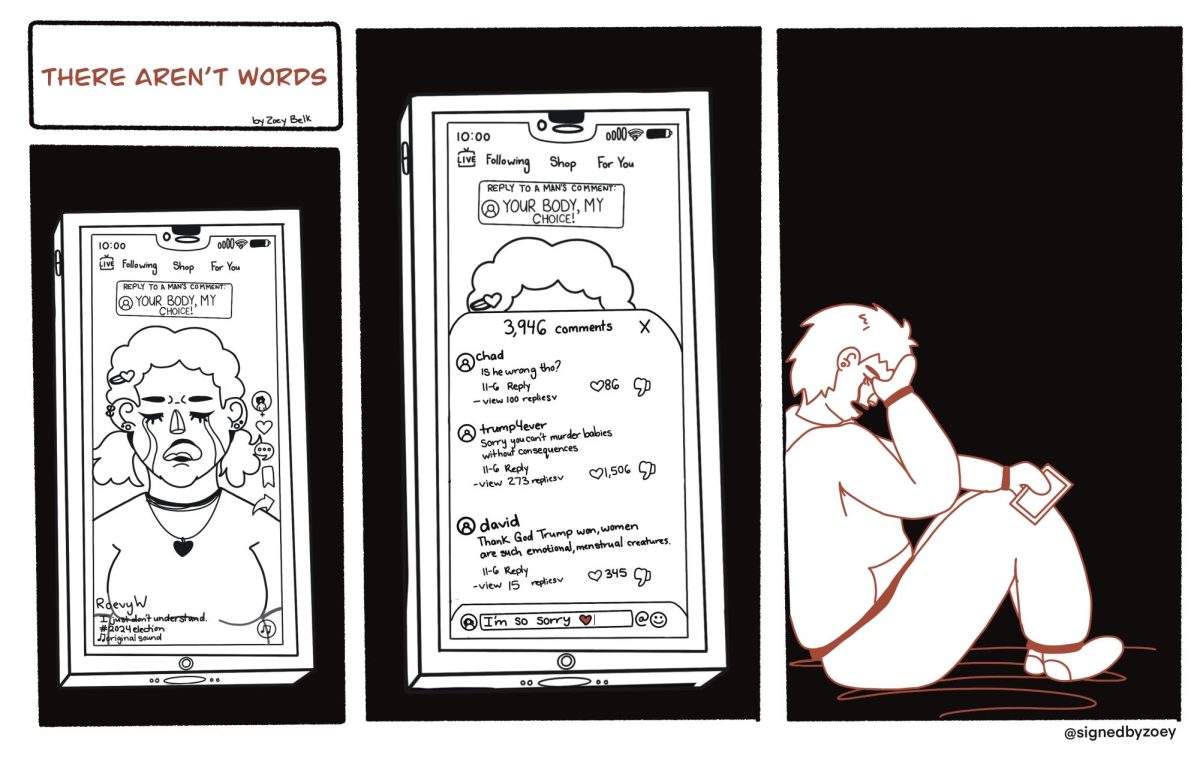Mind the gap: What young professionals can consider about pay equity

Apr 8, 2019
The conclusion of the semester is drawing closer, and so students at Grand Valley State University are thinking ahead. For students who are gearing up for their first job after graduation, factors such as location, compensation and benefits are considered before accepting any offers. In light of Equal Pay Day on April 2, students should also take into consideration whether or not their potential employers are transparent about how they pay employees.
Each year, Equal Pay Day signifies how far into the new year women have to work to earn the same amount of money that men made in the year prior. It’s been more than 50 years since President JFK signed the Equal Pay Act into action, but the gender (and racial) pay gap is still prevalent. Economists and researchers conclude that a variety of factors perpetuate this inequality, all of which boil down to a concept referred to as “second shift.” While feminist and civil rights movements have made changes in our society, one thing that hasn’t really changed is the idea that women should be the ones who take on extra responsibilities such as childcare, housekeeping and grocery shopping.
Gender is not the only element that causes a gap in wages in the United States. Though white women only make .77 cents for every dollar earned by a man, the rates are far lower for women of color, who make barely .50 for every dollar earned by a man. Carrying this information into a job interview could help you negotiate your salary in a world where employers do their best to keep general salary information under wraps.
Michigan is one of only 11 states that outlaws pay secrecy, meaning that employees cannot be legally forced to keep their salary information private. This is a start, but employers are still not required to publish the salaries of each employee or the formula that details how salaries are calculated. If no one is able to access this information, no one is able to actually know whether or not they’re being paid unfairly.
Don’t be afraid to ask your potential employer questions about how salaries or negotiate offers. Negotiation could be key in closing your own wage gap, but it can be difficult for women. According to a 2018 publication from Harvard Business Review found that women ask for raises as often as men do, but only 15 percent of women who asked actually obtain the raise, compared to 20 percent of men.
Solutions for the wage gap are all over the place — economists suggest that subsidized child care, formal parental leave policies and pay transparency could all help alleviate the issue, but we have to wait on state and federal policies to put these solutions in place. As we move closer to that, it’s important to continue this discussion and keep an open conversation about wage discrepancies in an effort to hold employers accountable and promote pay transparency.






















